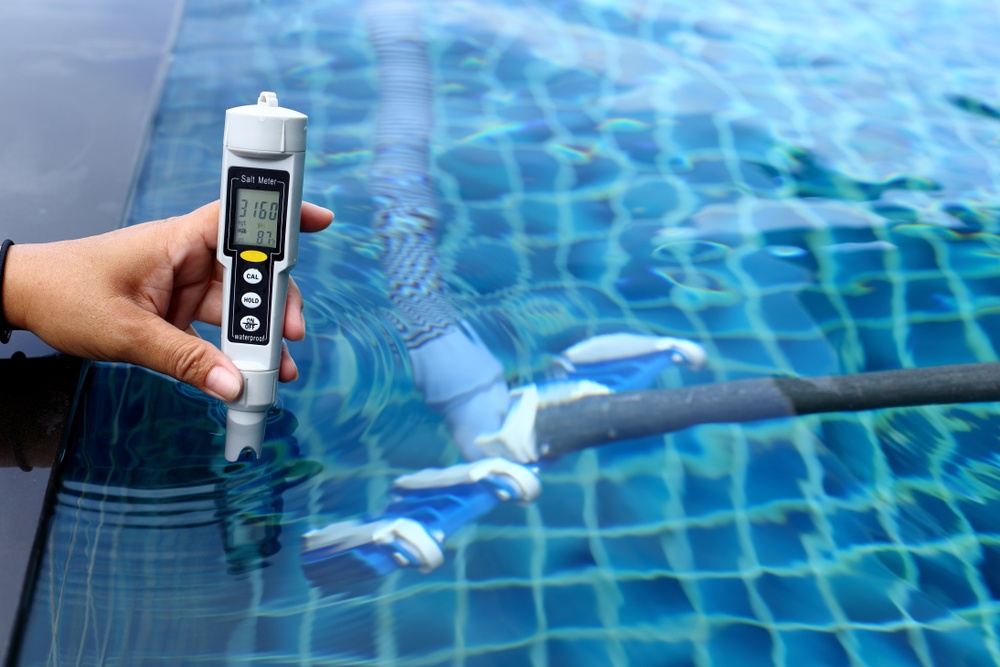
Find Out Why A Pool Sand Filter Is a Top Choice for Pool Owners

Hey there, Virginia pool enthusiasts! Are you dipping your toes into the world of pool ownership, or maybe thinking about giving your pool’s filtration system a makeover? Let’s dive into the world of what a pool sand filter. These handy devices aren’t just a drop in the ocean of pool technology; they’ve been around since the time of the ancient Greeks. But hey, don’t let their age fool you – some of the best ideas have stood the test of time.
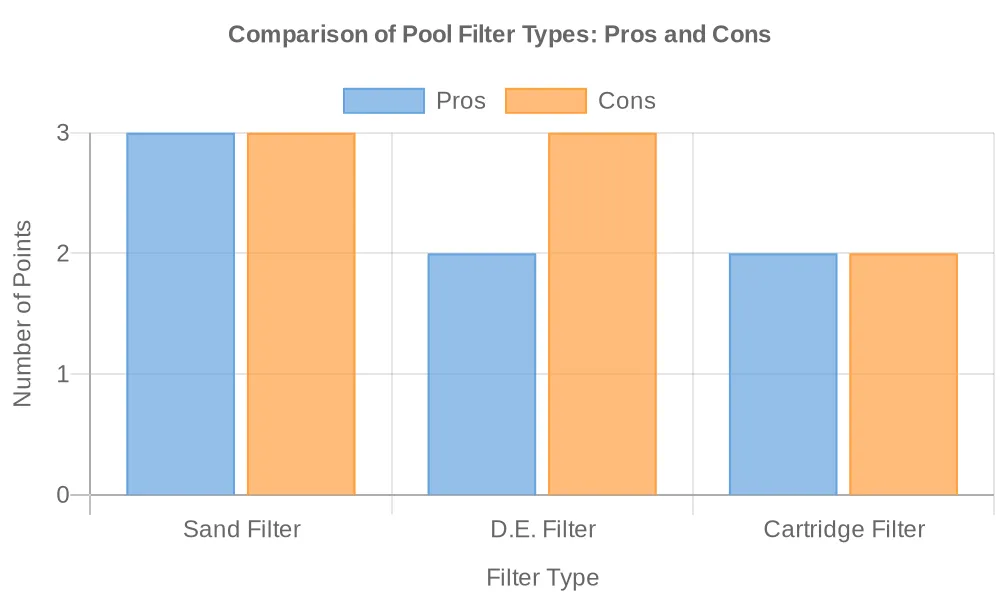
Latest

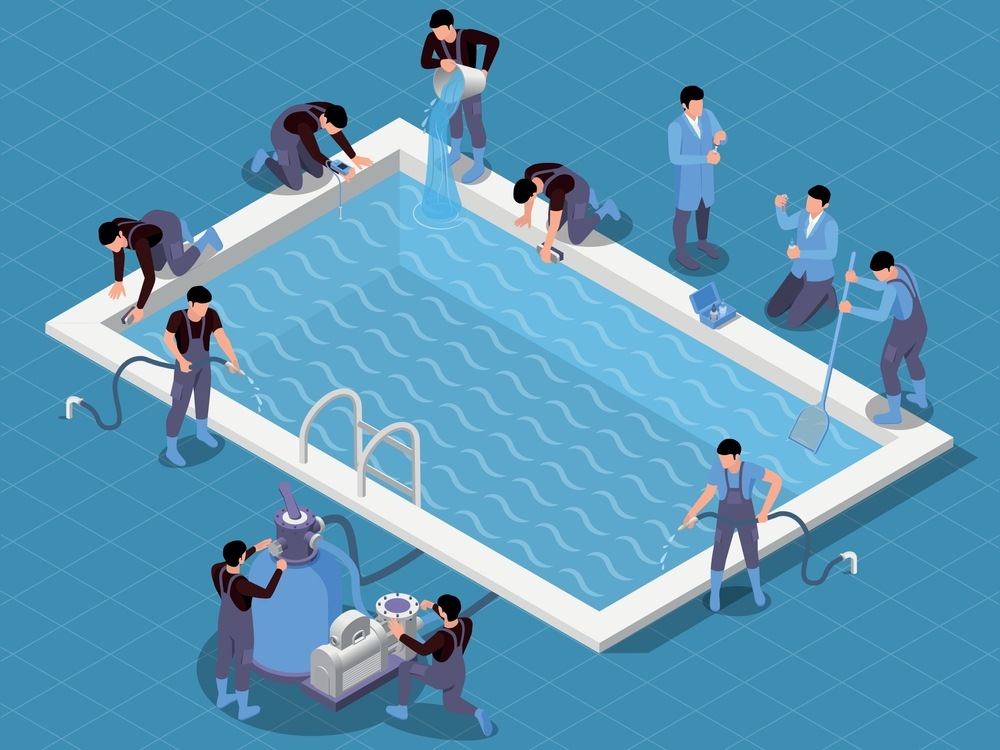
How Do You Properly Clean a Fiberglass Pool in 2024?
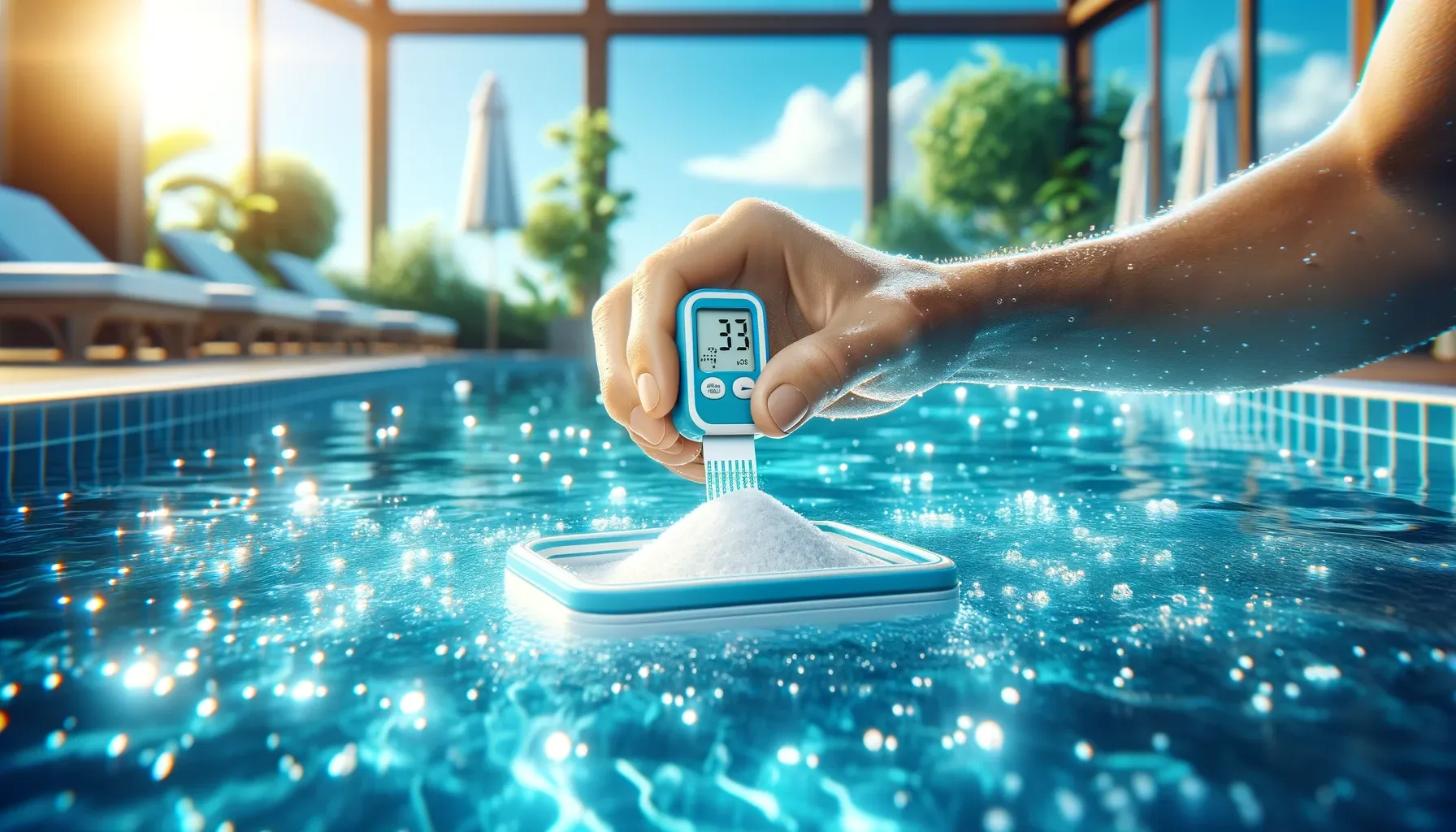
How Do You Know If Your Pool Needs Salt?
Categories
What’s a Pool Sand Filter, Anyway?
A pool sand filter, in its simplest form, is like a giant coffee filter for your pool. Imagine a tank filled with sand, connected to your pool’s plumbing system. As water flows through this sandy tank, it traps dirt and debris, much like how a coffee filter keeps the grounds out of your cup. Neat, right?
Most of these filters use something called #20 silica sand, but you might come across ones that use glass or zeolite. And what’s holding all this sand? Usually, it’s a tough container made of stainless steel, fiberglass, or plastic, built to withstand the high pressure of your pool’s filtration hustle.
How Does This Sandy Hero Work?
Think of your pool water taking a journey from the top of the sand filter down to the bottom. Under pressure, the water percolates through the sand, leaving behind unwanted particles. The sand’s rough edges play a crucial role here, snagging debris like a spider web catches flies. It’s an ongoing cycle, with smaller and smaller particles getting trapped until the sand gets too crowded and needs a good shake-up, also known as backwashing.
The Art of Backwashing: Keeping Your Sand Filter in Top Shape
Backwashing sounds fancy, but it’s just the process of reversing the water flow to clean out the trapped dirt from the sand. This isn’t some arduous, time-consuming task. In fact, it’s pretty straightforward and quick. You’re essentially giving your filter a mini-spa day, helping it relax and get ready to go back to work.
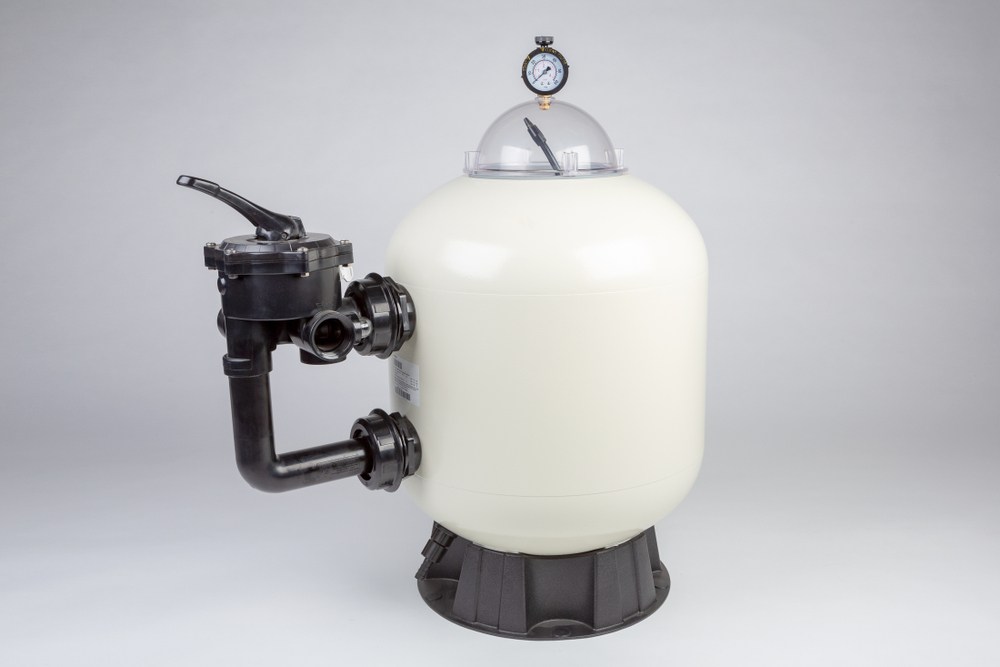
Anatomy and Economics of Sand Filters
Ever wondered what goes on inside a sand filter? It’s like a hidden underwater city where every part has a role to play. Pool water first hits the top of the tank, and it’s all about gravity from there. The water cascades over the sand, just like water in a fountain. A distributor at the top makes sure the water spreads evenly, like a gentle rain over the sand.
At the bottom of this sandy world, there’s a network of laterals. These are like tiny gates that let water through but keep the sand from crashing your pool party. During backwashing, the water does a reverse journey – climbing up from the laterals, picking up the trapped dirt, and then making its exit.
Let’s Talk Money: What Will a Sand Filter Set You Back?
In the world of pool maintenance, the cost is always a big splash. A new sand filter could range from around $300 to a bit over $1,000. If you have an inground pool, you’re looking at something in the ballpark of $450 to $1,200. Those with above-ground pools might find more budget-friendly options, starting around $300.
And don’t forget the sand! You’ll need about 350 pounds for an average-sized inground pool filter, costing around $25 per 50-pound bag. But remember, the biggest chunk of change goes into buying and setting up the filter itself.
Maintenance Matters
Maintaining a sand filter isn’t like solving a Rubik’s Cube. It’s relatively straightforward. Backwashing, as we talked about, is your primary tool in keeping the sand clean. This sand can last a good five to seven years, though some might find themselves changing it every three years. If you’re using a specific pool sanitizer like Baquacil, you might be doing this yearly due to its tendency to clump up the waste.
Got clumpy sand? A filter cleaner soak might just do the trick. And when it’s time to replace the sand, it’s not a herculean task. Drain the tank, remove the old sand, add new sand, and reattach the filter head. Just remember, it’s like following a recipe – measure correctly, follow the steps, and don’t forget to wear a mask when dealing with the sand.
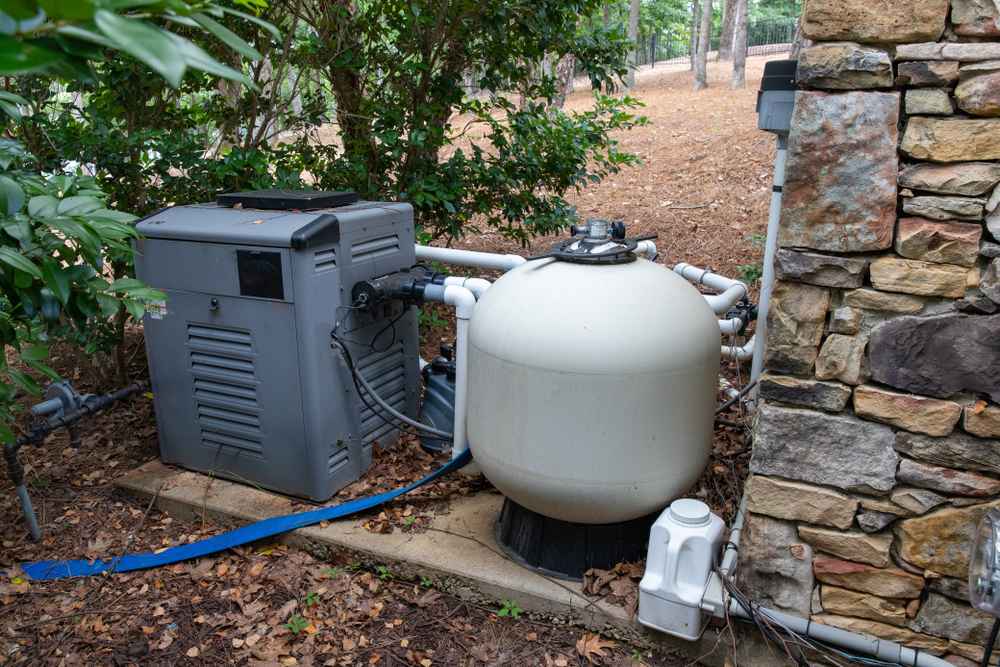
Longevity, Sizing, and Compatibility
When it comes to the lifespan of a sand filter, we’re playing a long game. Think about it – these filters can last anywhere from 15 to a whopping 25 years! Of course, like anything else, they need a bit of TLC. You’ll probably replace some parts, like valves and gaskets, along the way, but the whole system? That’s going to stick around for years. When it does come time for a total refresh, remember to match the new filter to your pool pump’s flow rate.
Finding the Perfect Fit: Sizing Your Sand Filter
Size matters when it comes to sand filters. It’s all about matching the filter size to your pool’s volume. Here’s a quick guide: most inground pools up to 20,000 gallons are happy with a 24-inch diameter filter. Got a bigger pool, like over 50,000 gallons? You might need a 36-inch diameter filter – the big leagues. Pools in between, from 20,000 to 30,000 gallons, can work well with something in the 24 to 30-inch range.
When in doubt, going a size up can be a smart move. It’s like buying a slightly larger coat – you have room to grow without overburdening the system.
A Match for All Pool Types: Universal Compatibility
One of the beauties of sand filters is their versatility. Whether you’ve got a fiberglass, concrete, or vinyl liner pool, or even one of those trendy container pools, a sand filter can handle it. And it’s not just for the inground crowd – above-ground pools, whether soft-sided or rolled wall, are also in on the sand filter action. The key is matching the filter size to your pool and ensuring the filter runs long enough each day for effective water turnover.
Pro Tip: Before making a commitment, check the filter’s “Turnover Capacity in Gallons” on the spec sheet. It’s like checking the MPG on a car – you want to know what you’re getting into.
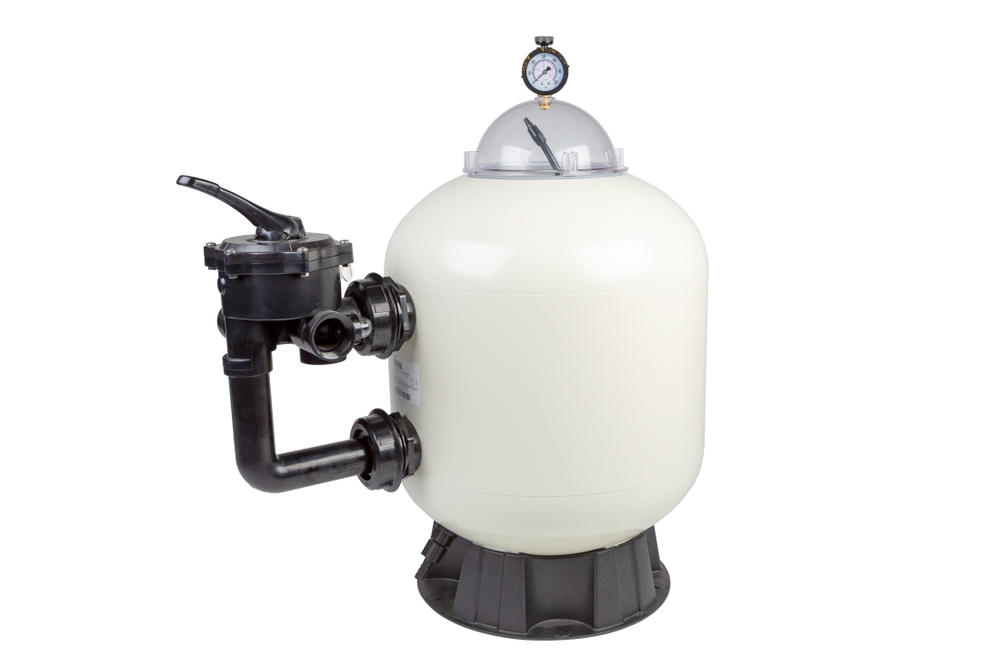
Comparing Sand Filters and Wrapping Up
When it comes to pool filtration, it’s not just about sand. Let’s take a quick dip into how sand filters stack up against their cousins, the D.E. (Diatomaceous Earth) and cartridge filters.
- D.E. Filters: These use a fine powder made from crushed seashells and fossilized diatoms. They’re like the high-definition TVs of pool filters, catching particles as small as 5 microns. While they deliver crystal-clear water, they come with a higher price tag and more maintenance. And handling that D.E. powder? You’ll need to gear up with proper face and eye protection.
- Cartridge Filters: Think of these as the easy-going cousin. They use pleated fabric wrapped around a core to trap debris. They’re compact, don’t need backwashing, and are just rinsed off every few weeks. Cartridge filters are efficient at removing impurities, but they might need a good soak in a cleaning solution if you’re dealing with stubborn algae.
In our neck of the woods, in Virginia, where pool clarity and ease of maintenance are key, you might find cartridge filters a bit more appealing. They’re less labor-intensive and do a stellar job keeping the water sparkly clean.
Should You Get a Sand Filter? Weighing the Pros and Cons
So, back to sand filters. They’re the old reliable of pool filtration, but are they right for you? Let’s weigh the pros and cons.
Pros:
- Longevity: Sand can last up to 7 years, but you’ll likely replace it every 3 years.
- Cost-Effective: Replacement sand is easy on the wallet.
- Low Maintenance: They’re simple to maintain and a common choice among pool owners.
Cons:
- Safety: Always follow the manual to a T to avoid pressure-related issues.
- Water Clarity: They can’t catch the tiniest particles like D.E. or cartridge filters.
- Potential for Breakage: The laterals can break, allowing sand to escape into the pool.
Parting Words: Maintenance Is Key
Remember, whether you go with a sand filter or another type, regular maintenance is your pool’s best friend. The more love you give your pool and its filtration system, the better they’ll perform in the long run.
As the great Aristotle might have said if he were a pool owner, “Excellence in pool care is not an act, but a habit.” Keep up with your pool chores, and you’ll enjoy a pristine, inviting pool for years to come.
Latest

How to Maintain the Recommended Salt level in your Pool in 2024

How Do You Properly Clean a Fiberglass Pool in 2024?

How Do You Know If Your Pool Needs Salt?
Categories
YOU'RE NOT IN THIS ALONE
We are with you every splash of the way
Need a pool fix or looking for an upgrade? We’re just one click away to help with all your pool needs.

